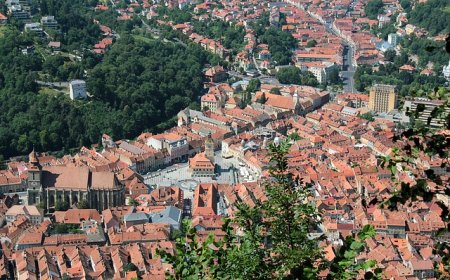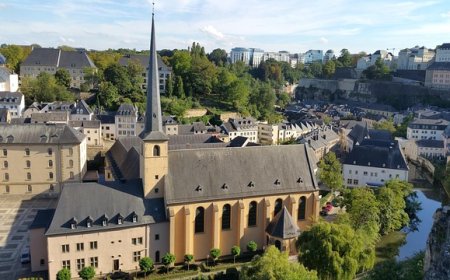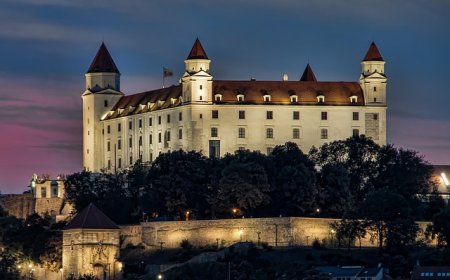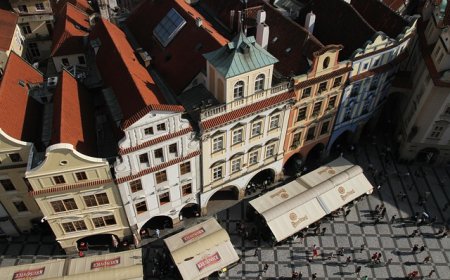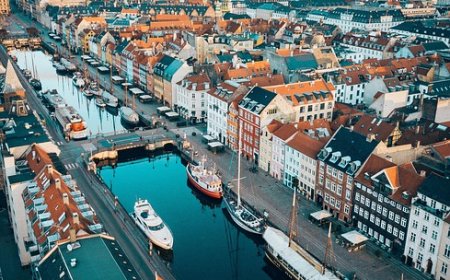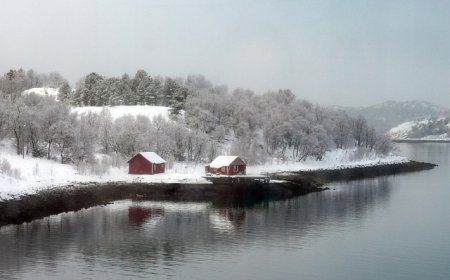North Macedonia for Students: Geography, History, and Culture Explained
Discover the landscapes, traditions, and history of North Macedonia in this student-friendly article. Learn about Skopje, Lake Ohrid, and more.
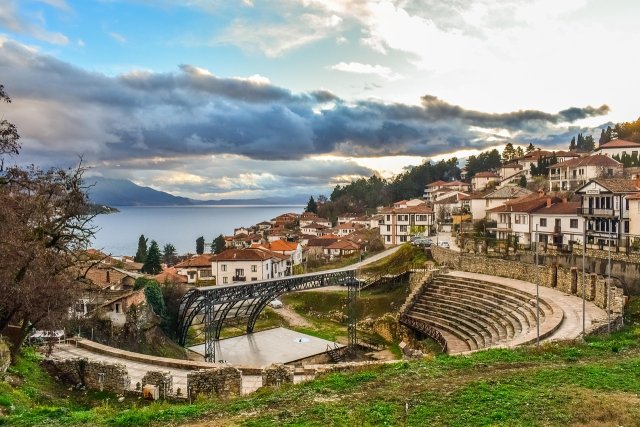
North Macedonia: Mountains, Music, and a Mosaic of Cultures
🗺 Introduction
North Macedonia is a small country in Southeastern Europe. It blends ancient history, diverse peoples, and beautiful landscapes. It was once part of Alexander the Great’s kingdom and the Ottoman Empire. Today it is independent and peaceful.
🌍 Geography and Location
North Macedonia lies in the heart of the Balkans. It borders Kosovo, Serbia, Bulgaria, Greece, and Albania. It is landlocked but has many lakes and rivers. About 80% of its land is mountains and hills. The Šar Mountains and Jakupica Range are popular for hiking. Lake Ohrid is one of Europe’s oldest and deepest lakes. The climate is continental, with cold winters and warm summers.
🏙 Cities and Regions
The capital is Skopje. It mixes ancient stone bridges with modern monuments. The Stone Bridge connects the old bazaar to the city center. A statue of Alexander the Great stands in the main square. Other key cities:
- Bitola – known for wide streets and old architecture
- Ohrid – lakeside town with churches and a fortress
- Tetovo – home to a painted mosque and diverse peoples
- Kumanovo – a northern city with many ethnic groups
👨👩👧👦 People, Language, and Culture
North Macedonia has 1.8 million people. Most are ethnic Macedonians. Large Albanian, Turkish, Roma, and Serbian minorities live here too. Official languages are Macedonian and Albanian. Macedonian uses the Cyrillic alphabet. The country values cultural diversity and religious tolerance. Folk festivals showcase traditional music, dance, and dress.
🍽 Food and Traditions
North Macedonian cuisine blends Balkan and Mediterranean flavors. Meals feature fresh vegetables, grilled meats, cheese, and bread. Popular dishes:
- Tavče gravče – baked beans with spices
- Ajvar – roasted pepper and garlic spread
- Sarma – cabbage rolls with rice and meat
- Kebapi – small grilled sausages with onions
- Baklava – sweet pastry with nuts and syrup
Hospitality is key. Guests are always offered food and drink.
🏛 History of North Macedonia
In ancient times, it was part of the kingdom of Macedon, home to Alexander the Great. Later it joined the Roman, Byzantine, and Ottoman Empires. In the 20th century, it was a republic within Yugoslavia. It gained independence in 1991. In 2019 it became North Macedonia to resolve a dispute with Greece. It now works closely with the EU and NATO.
🌿 Nature and Environment
North Macedonia’s landscapes include mountains, lakes, rivers, and forests. National parks—Mavrovo, Pelister, and Galicica—protect lynx, wolves, bears, and eagles. Lake Ohrid and its surroundings are a UNESCO World Heritage Site. Environmental education and conservation efforts are growing.
📚 Vocabulary List
| Word | Definition |
|---|---|
| Balkan Peninsula | A region in southeastern Europe that includes North Macedonia |
| Skopje | The capital city of North Macedonia |
| Ajvar | A spread made from roasted peppers and garlic |
| Tavče gravče | A Macedonian national dish of baked beans |
| Cyrillic alphabet | A writing system used in Macedonian and other Slavic languages |
| Lake Ohrid | A deep, ancient lake known for clear water and history |
| Macedon | An ancient kingdom once ruled by Alexander the Great |
| Folk festival | A celebration with music, dance, and traditional dress |
👧🧒 Kid-Friendly Summary
North Macedonia is a small European country with mountains and lakes. The capital is Skopje. People speak Macedonian and Albanian. They love festivals, music, and dance.
The food is tasty—baked beans, pepper spreads, and sweet baklava. Long ago it was part of Alexander the Great’s kingdom. Today it is a peaceful country where cultures mix and nature is cherished.
🧠 Interactive Quiz: What Do You Know About North Macedonia?
1. What is the capital?
A) Bitola
B) Skopje
C) Ohrid
D) Tetovo
2. What is tavče gravče?
A) A folk dance
B) A kind of bread
C) A baked bean dish
D) A lake
3. What famous lake is in North Macedonia?
A) Lake Geneva
B) Lake Victoria
C) Lake Ohrid
D) Lake Michigan
4. Which alphabet does Macedonian use?
A) Latin
B) Arabic
C) Cyrillic
D) Greek
5. What is ajvar made from?
A) Tomatoes
B) Roasted peppers and garlic
C) Eggplant and yogurt
D) Corn and beans
6. Which empire ruled here for centuries?
A) British
B) Ottoman
C) Mongol
D) Spanish
7. What is a folk festival?
A) A test
B) A weather event
C) A celebration with music and dance
D) A sports match
8. When did it gain independence?
A) 2000
B) 1945
C) 1991
D) 1980


















































